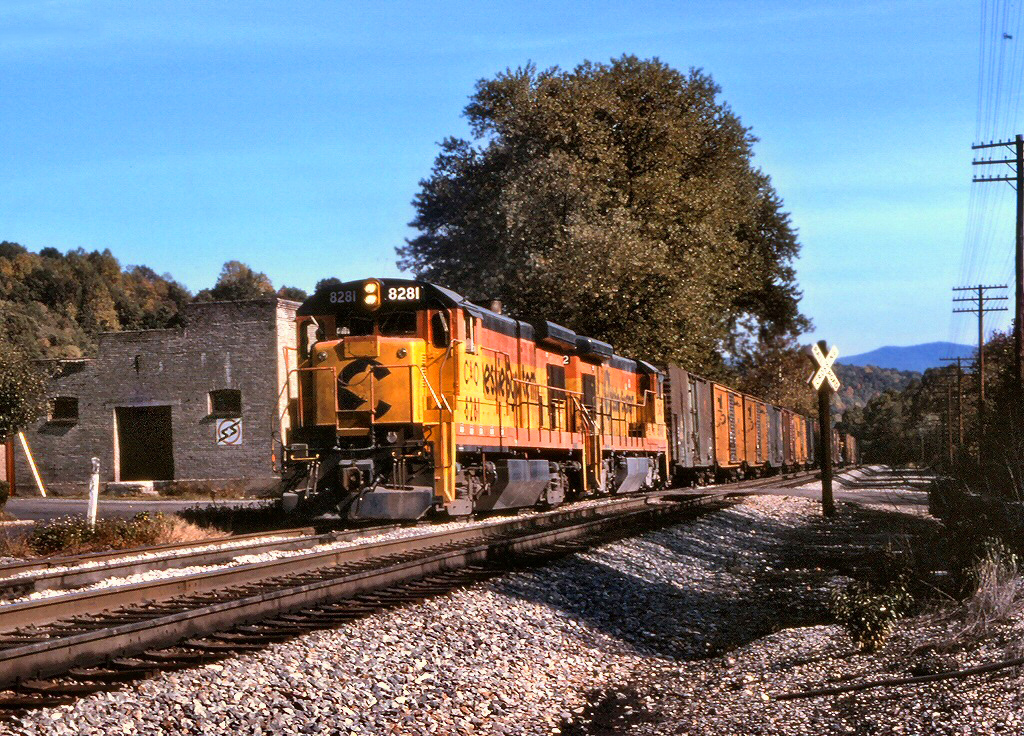- Joined
- Jun 15, 2019
- Messages
- 112
Just curious if anyone knows what speed trains traveling during the "golden age" of passenger rail? I guess that would be the 1950's.
The reason for asking is that we were on train 98 (Silver Meteor) last night and the train traveled at about 78 to 80 mph most of the time. But there were some stretches of track that were extremely rough. Almost scary! Thoughts of derailing crossed my mind!
Are trains traveling faster today then they did in the 1950's? Or is the track in worse shape? Or was it the same?
Thanks!
The reason for asking is that we were on train 98 (Silver Meteor) last night and the train traveled at about 78 to 80 mph most of the time. But there were some stretches of track that were extremely rough. Almost scary! Thoughts of derailing crossed my mind!
Are trains traveling faster today then they did in the 1950's? Or is the track in worse shape? Or was it the same?
Thanks!





























































